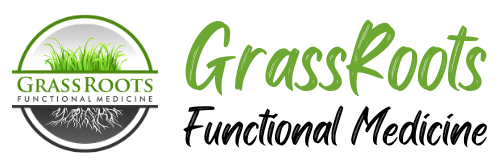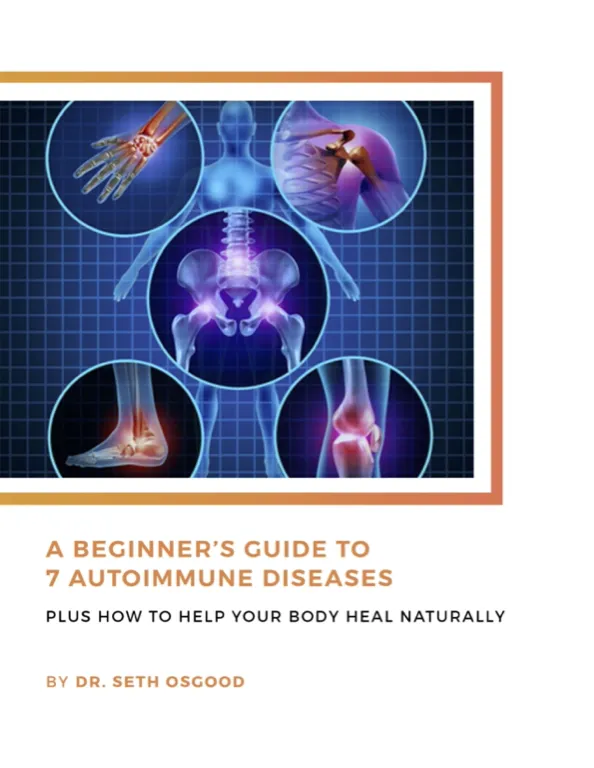I firmly believe that your health is worth investing in because, without it, it’s hard to have much else. If you’re stuck in bed with debilitating joint pain or can’t be more than 10 feet from a bathroom, you can forget that trip to Hawaii or chasing your grandkids around the park.
Not to mention, you’ll spend far less on healthcare in the long run if you invest in preventive measures and solutions that actually fix the underlying problem, rather than waiting to get older and sicker.
That being said, insurance companies don’t make it easy. After all, they are in the business of making money, not making people well.
Patients are often told they can’t get this or that lab test because their insurance won’t pay for it (never mind if the test could help them get off a costly medication or avoid drugs altogether). Other times, patients are overcharged by hundreds or thousands of dollars for a diagnostic procedure when it would be cheaper to bypass insurance altogether.
At GrassRoots, we use a direct-pay model that avoids many of these unnecessary upcharges and we help patients utilize resources that minimize their out-of-pocket costs. Here are a few of the best resources we have found for making healthcare more affordable.
1. GoodRx for Prescriptions
Pharmaceuticals are not our first line of treatment in functional medicine, but in some situations they can be necessary (and unfortunately expensive!).
Many people don’t realize that the cash prices for many prescriptions (especially generics) are cheaper than insurance co-pays. GoodRx is a tool that finds discounts on medications and tells you where to get the lowest price.
All you have to do is visit their app or website and type in a medication name. You’ll see a list of the cash prices at every pharmacy nearby, including whether or not coupons are available.
I see patients routinely save hundreds of dollars on thyroid medications, antibiotics, bioidentical hormones and so many other prescriptions by using GoodRx!
2. Standalone Imaging Centers for MRIs and CT Scans
Another little-known fact is that you can visit a standalone imaging center for an MRI, X-ray, or CT scan instead of going to a hospital. These centers offer services at far lower costs with shorter wait times because they carry less overhead and operate in a more streamlined fashion than hospital imaging departments.
For example, I’ve sent patients for MRIs that are $799 at standalone centers that would be $3,000 when conducted through a hospital system. In many cases these patients would have skipped the exam and missed out on valuable information if not for the lower price.
3. Cash Pay Labs for Comprehensive Bloodwork
The conventional medicine model (and therefore the insurance model) is based on treating disease, not preventing it or optimizing wellness. This is why insurance often will not cover comprehensive lab tests that look for early signs of disease and root causes of illness. The prices they then pass onto you can get outrageously expensive.
For example, if you go through your insurance for our new patient comprehensive bloodwork panel and they do not fully cover it, the out-of-pocket cost is usually $4,000 to $6,000. Compare that to cash pay (meaning you do not submit through insurance) and the cost is $300 to $400.
4. Healthcare Sharing Plans to Replace Insurance
In some cases, you may want to skip health insurance altogether by utilizing a healthcare sharing plan. These are cooperatives where members agree to pay a “shared” amount each month (similar to an insurance premium, but much lower) and an annual “unshared” amount (similar to a deductible), and the rest of your medical costs are shared by the coop.
They function similarly to insurance on the surface but are designed to provide lower-cost coverage and flexibility without being subject to insurance regulations. Many are faith-based, but not all.
Healthcare Sharing Plans can be ideal for people who are either in good health or whose insurance isn’t covering much anyway and want to reduce their monthly premium.
Bonus Tip: Utilize Free Medicine
Even better than saving on prescriptions or lab tests is building a life based on wellness! There are so many free lifestyle strategies you can use to combat disease and optimize your health. Go outside, move your body, practice meditation or deep breathing, soak up the sunshine, get 8 hours of sleep, eat mindfully, and put away your phone – these are just a few!
About the Author: Dr. Seth Osgood is a Doctor of Nursing Practice, Board Certified Family Nurse Practitioner and Institute of Functional Medicine (IFM) Certified Practitioner. Dr. Osgood received his post-graduate training in Functional Medicine through the IFM and from working with Dr. Amy Myers. He has helped people from around the world improve their health utilizing a Functional Medicine approach.





